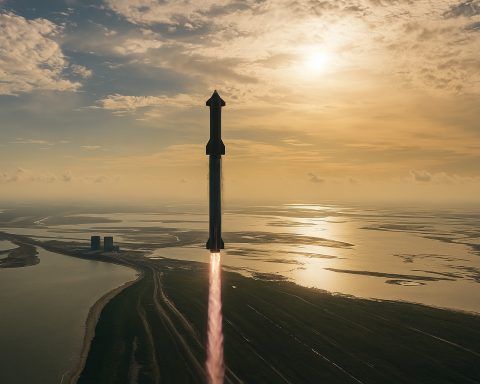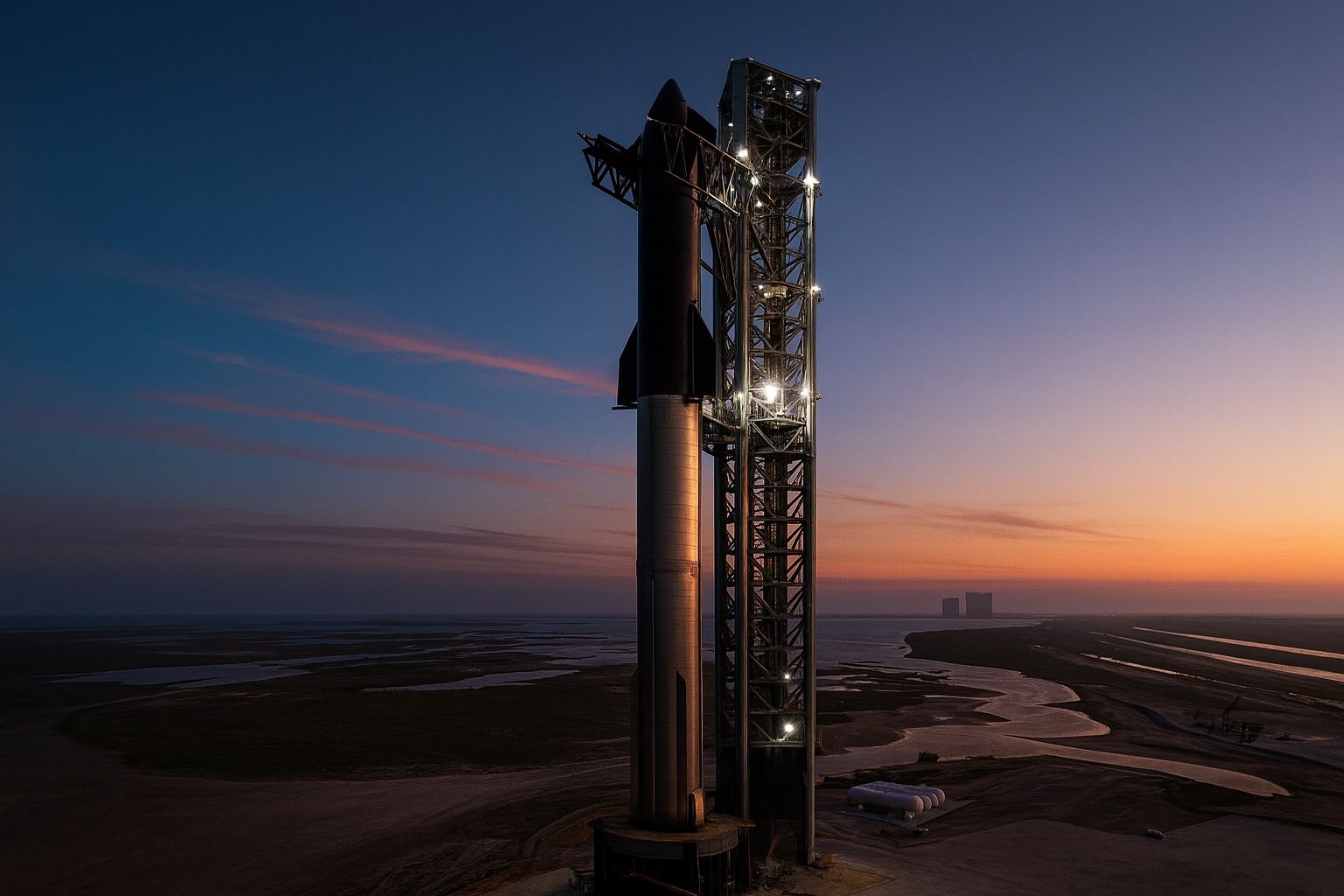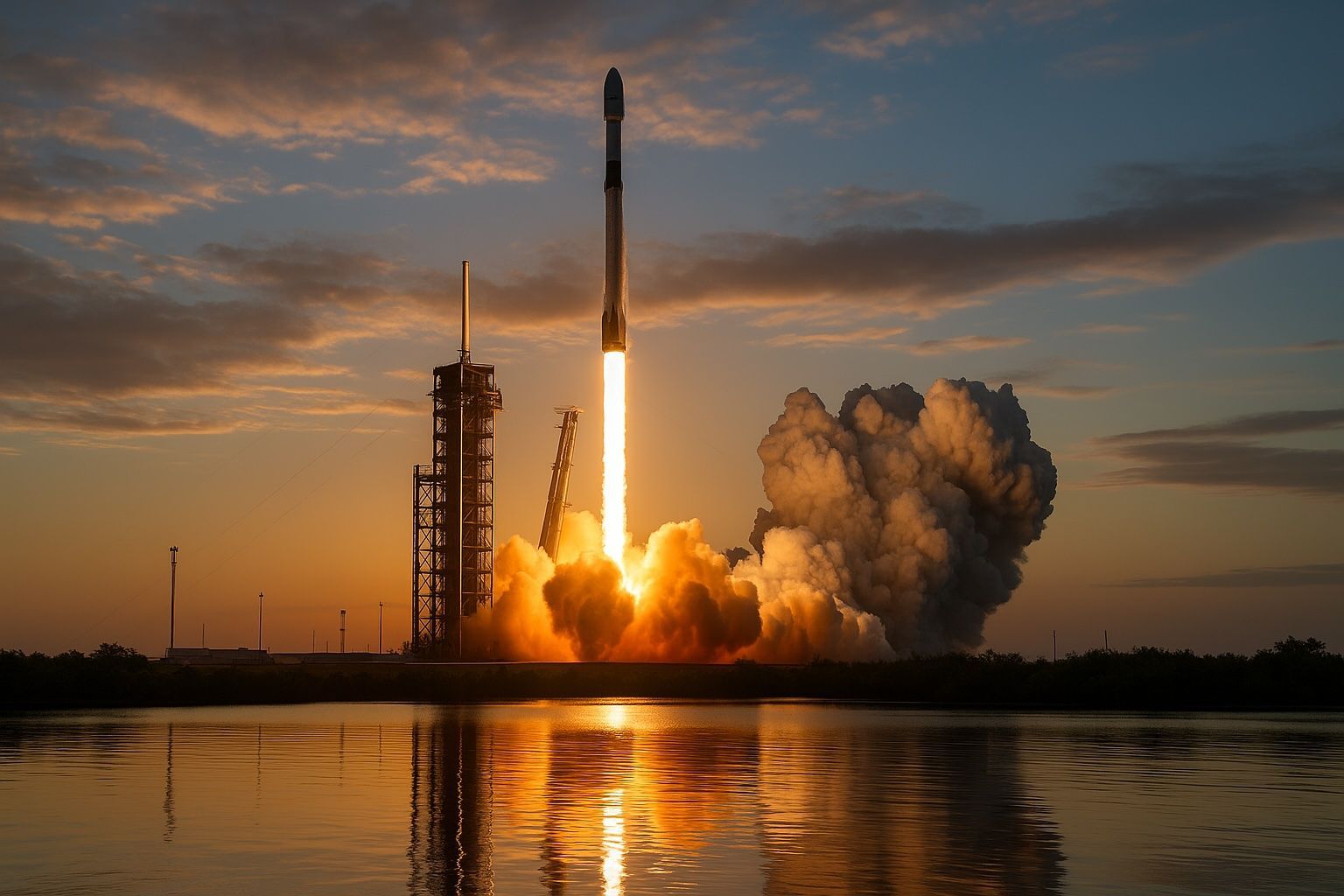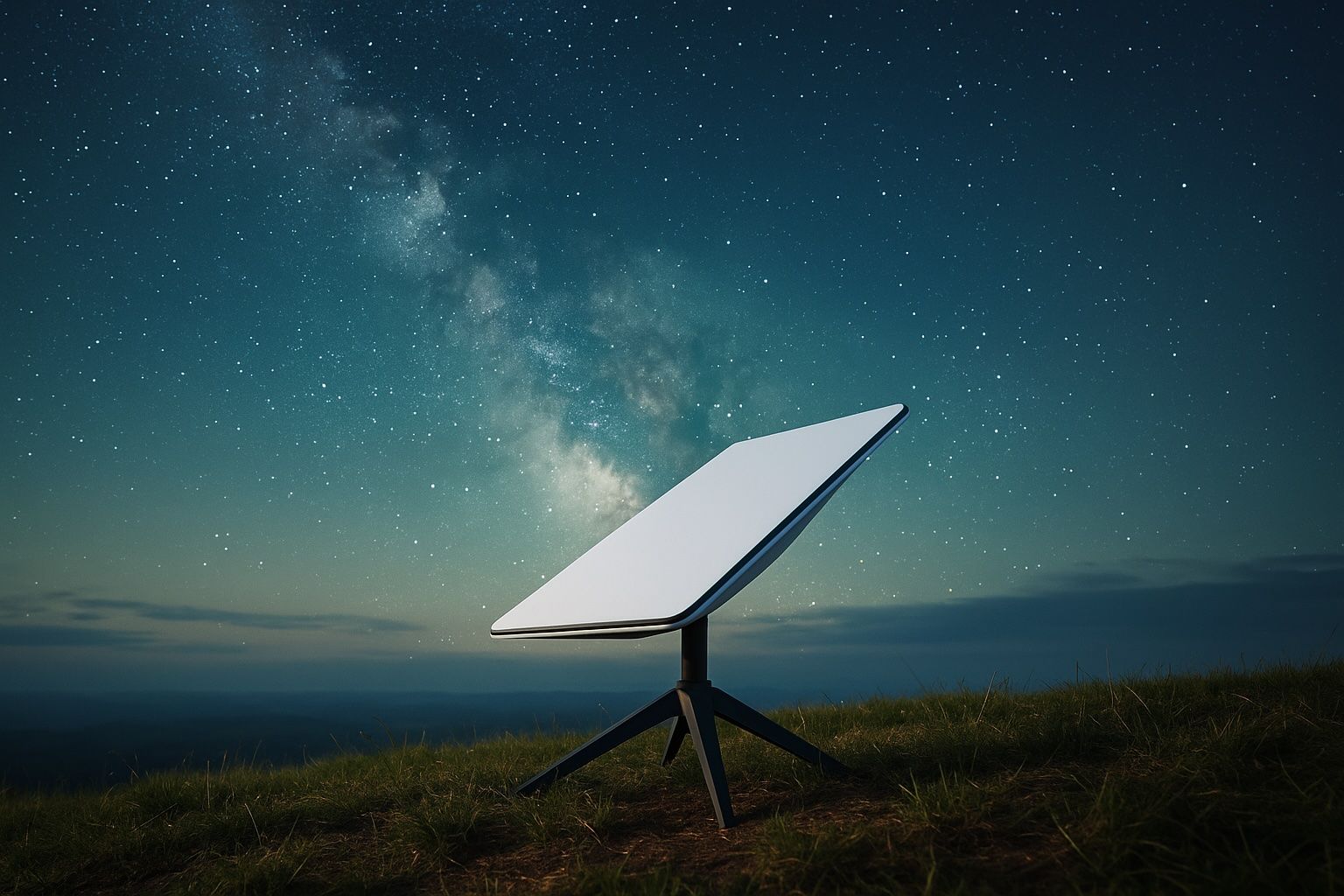
SpaceX IPO, $800 Billion Valuation Rumors and Starship Pad Approval: Key SpaceX News, December 5–7, 2025
Over just three days, December 5–7, 2025, SpaceX has dominated business, tech and space headlines: investors are debating a potential $800 billion valuation and a late‑2026 IPO, regulators have cleared a new Starship launch complex in Florida, Starlink has logged yet another high‑cadence launch









